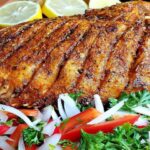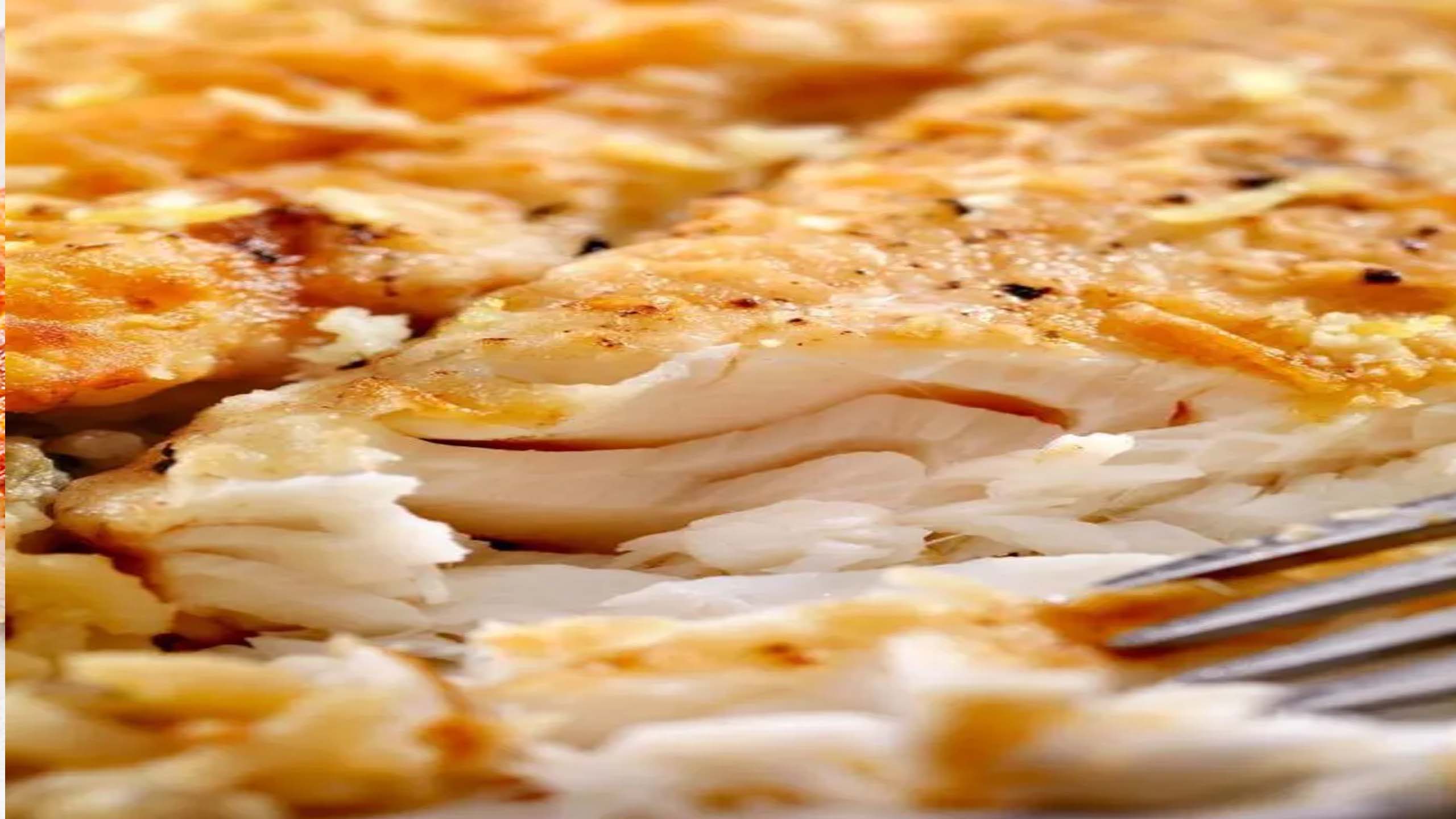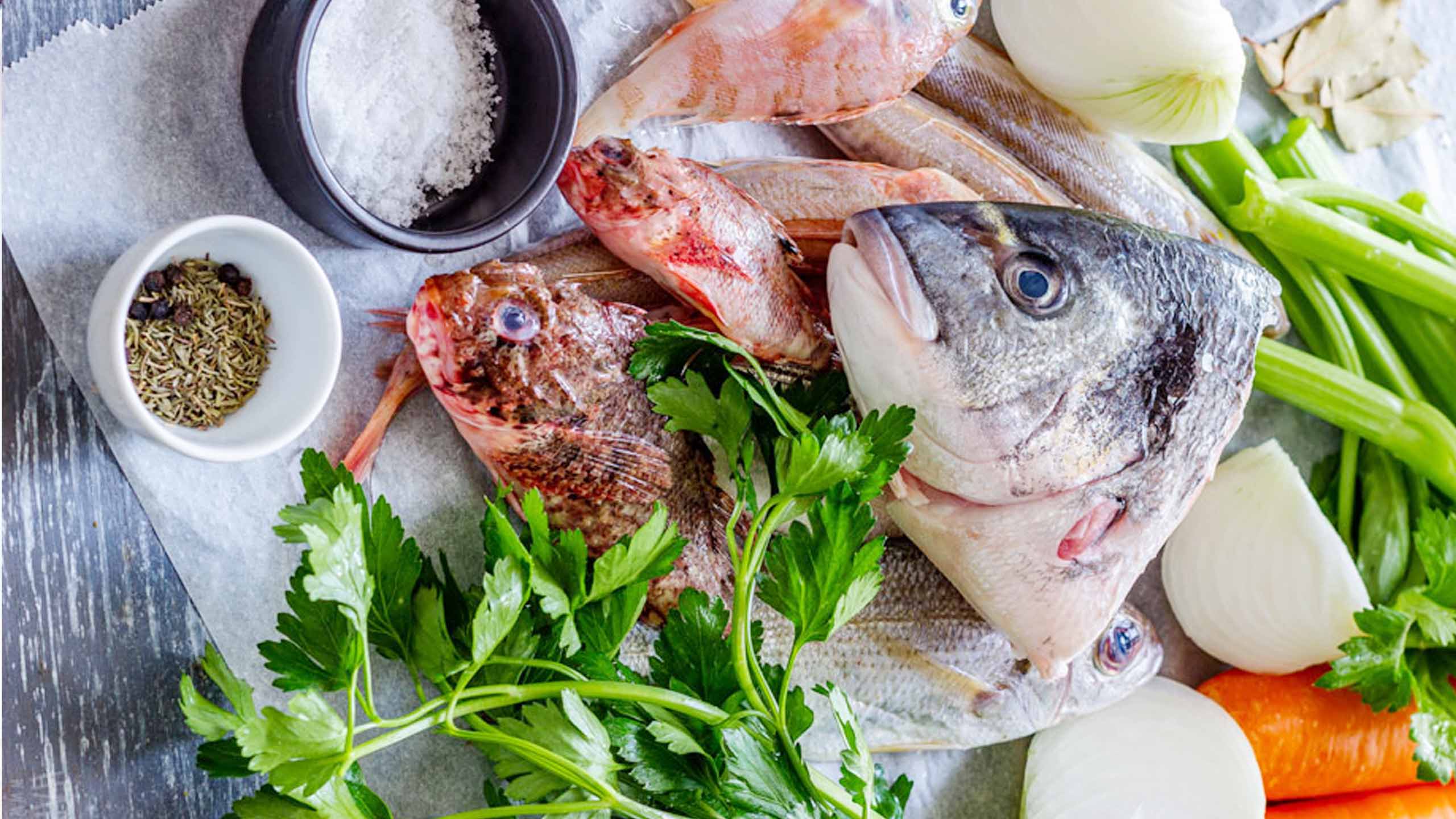Fish and Chips Recipe

The Historic Origin of Fish and Chips
Fish and Chips Recipe: To truly appreciate the dish, it’s worth delving into its rich history. Believe it or not, fish and chips date back to the 19th century, where it emerged as a working-class staple in the United Kingdom. During this period, it was common for Jewish immigrants to sell fried fish as a means of livelihood – a practice that eventually combined with the potato trade in England, giving rise to the iconic dish we now cherish. Today, fish and chips are not just a meal but a cultural entity that showcases the British love for seafood and savories.
Essential Ingredients for the Perfect Fish and Chips
To get started on the road to fish and chip perfection, understanding the key ingredients is imperative.
For the Fish
- Fresh White Fish: The most traditional choice is cod, but haddock, pollock, or halibut make excellent alternatives.
- Flour: For the batter, a mix of all-purpose flour, cornstarch, and baking powder provides the ideal texture.
- Baking Powder: This ingredient is crucial for a light, airy batter.
- Carbonated Water: Using sparkling water in the batter helps achieve ultimate crispiness.
For the Chips
- Potatoes: High-starch potatoes, like Russet or Maris Piper, are best for a fluffy interior and crispy exterior.
- Oil: A neutral oil with a high smoke point, such as vegetable, canola, or peanut oil, is ideal for deep-frying.
- Salt: To season the chips just right.
The Step-by-Step Guide to Perfect Battered Fish
Preparing the Fish
- Begin by patting the fish fillets dry with paper towels to prevent a soggy batter.
- Season lightly with salt and pepper for extra flavor.
- Dredge the fillets in a light coating of flour before dipping them into the batter.
Making the Batter

- In a large bowl, whisk together the all-purpose flour, cornstarch, and baking powder.
- Slowly add the carbonated water, whisking continuously until a smooth batter forms.
- Allow the batter to rest for a short time – this helps it stabilize and makes for a crisper finish.
Frying the Fish
- Heat your oil in a deep pan to 350°F (180°C).
- Dip each fillet in the batter to coat completely, then carefully lower it into the hot oil.
- Fry for 3-4 minutes on each side, or until the batter is golden and the fish is cooked through.
Crafting the Perfect Homemade Chips
Preparing the Potatoes
- Peel and cut the potatoes into your preferred chip shape, whether that’s thick-cut wedges or thin fries.
- Rinse the chips under cold running water to remove excess starch.
- Thoroughly dry the chips with a kitchen towel or in a salad spinner – the drier they are, the crispier they’ll be!
Frying the Chips
- In a large, heavy-bottomed pot or a deep fryer, heat the oil to 275°F (135°C).
- Par-boil the chips in the hot oil for about 5-7 minutes, or until softened but not browned.
- Remove the chips and drain them on paper towels, allowing them to cool completely.
The Double Fry Method
- Once the chips have cooled, increase the oil temperature to 375°F (190°C).
- Working in batches, fry the chips for the second time until crisp and golden, about 3-4 minutes.
- Remove and immediately season with salt while they’re still hot.
By using the double fry method, you’ll ensure your chips have the perfect crunch, with a fluffy interior that’s incredibly moreish.
Serving Suggestions and Creative Variations
How you serve your fish and chips is a matter of personal preference, but here are a few traditional and innovative ideas to consider:
- Mushy Peas: A classic side dish, especially when homemade with fresh or marrowfat peas.
- Pickles: A tangy, vinegary gherkin or pickled onion offers a refreshing contrast to the richness of the dish.
- Tartar Sauce: Whip up a homemade tartar sauce with mayonnaise, chopped pickles, and a squeeze of lemon.
- Creative Flavors: Consider batters with added herbs, spices, or even a splash of beer for a twist on the classic.
Healthier Alternatives and Nutritious Additions
It’s no secret that traditional fish and chips is not the healthiest meal. However, there are ways to make it lighter without sacrificing taste.
Lighter Batter Options
- Tempura: A Japanese-inspired tempura batter is light and less greasy.
- Oven-Baked: While not traditional, an oven-baked fish and chip option can significantly reduce the oil content.
Nutritious Additions
- Sides of Greens: Serve your fish and chips alongside a vibrant green salad or steamed vegetables for a nutrient boost.
- Baked Chips: Making chips in the oven with a light drizzle of olive oil can provide a healthier alternative.
- Healthy Fats: Consider using oils like grapeseed or olive oil for a different flavor profile and health benefits.











